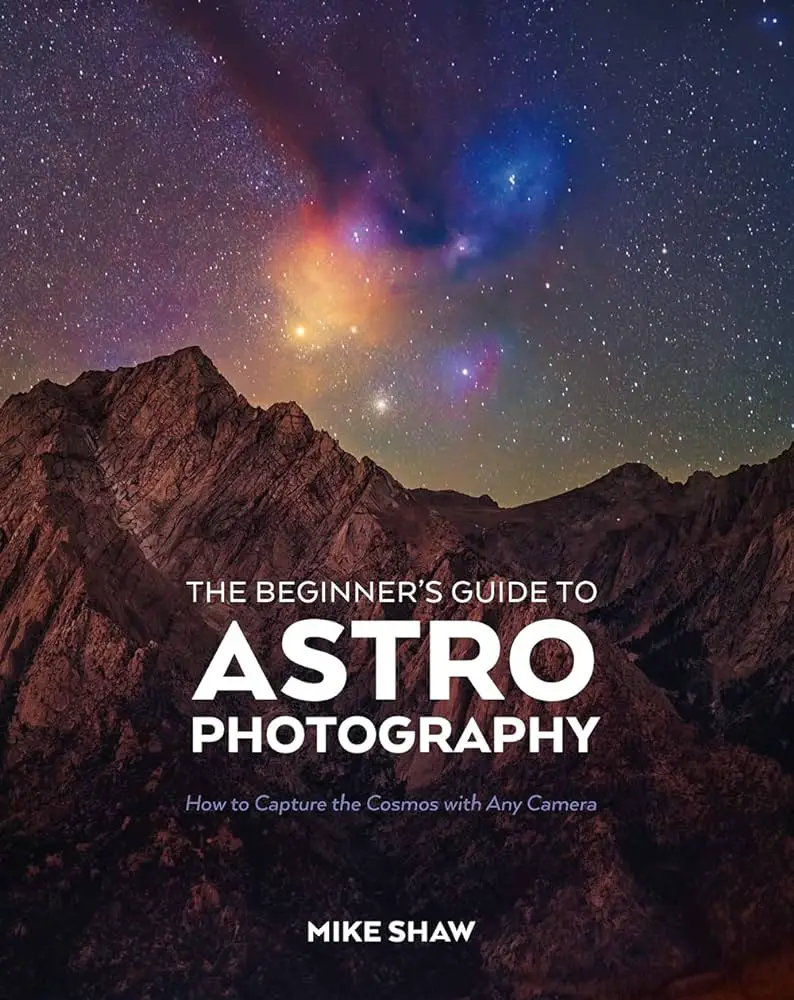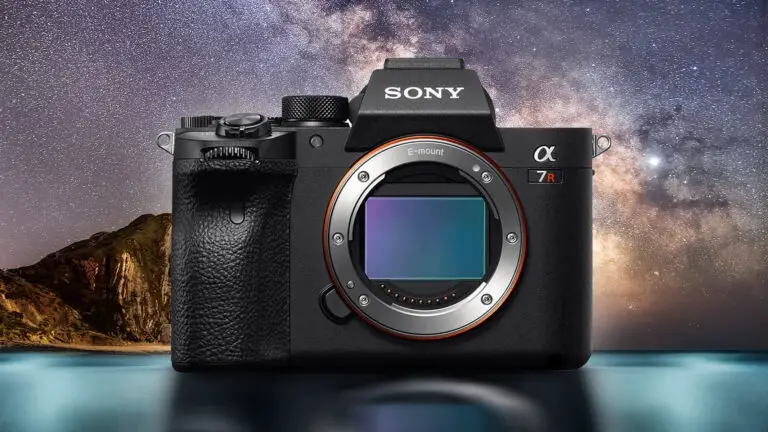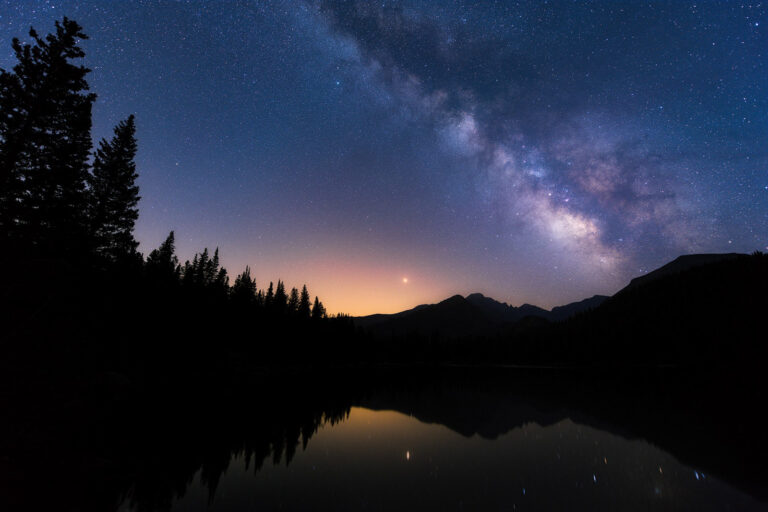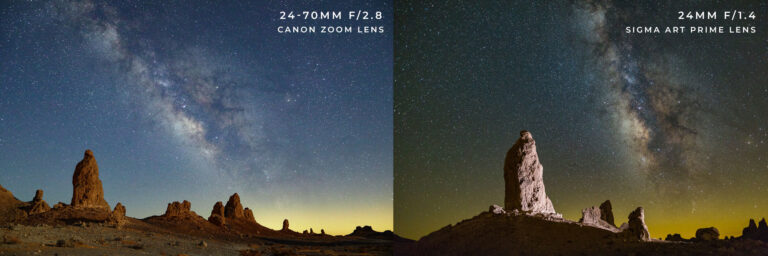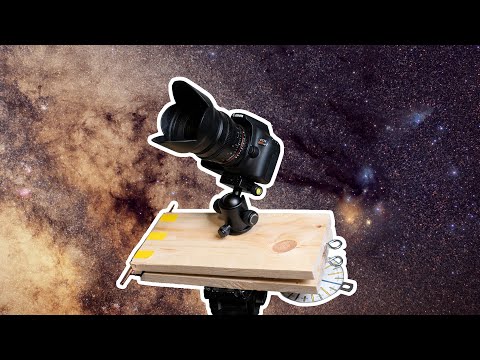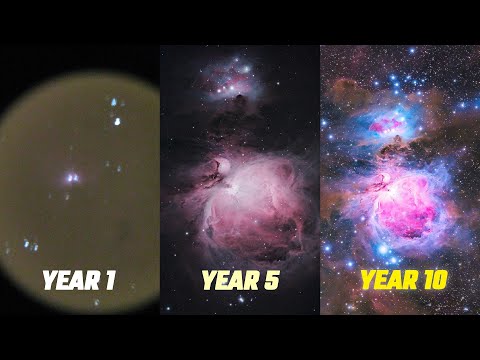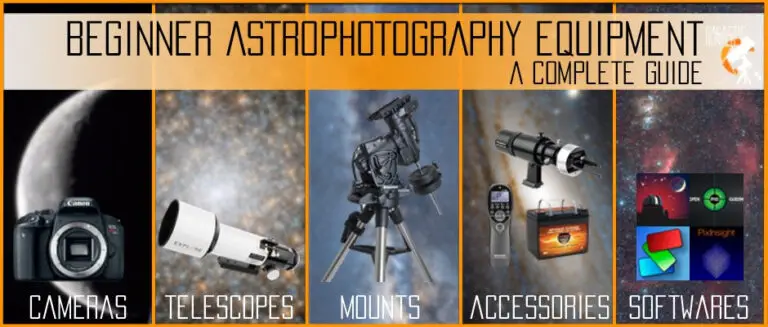Capturing the Cosmos: Tips for Astrophotography Beginners
Peering into the vast expanse of the night sky, one cannot help but feel the pull of the cosmos. For photography enthusiasts and starry-eyed dreamers, astrophotography offers a unique window into the universe, capturing the celestial ballet in exquisite detail.
This guide is tailored for those who are ready to gaze beyond the terrestrial and capture the boundless beauty of the heavens through their camera lens. From the essential gear to mastering the art of exposure, we will unveil the starry path toward creating awe-inspiring astrophotography.
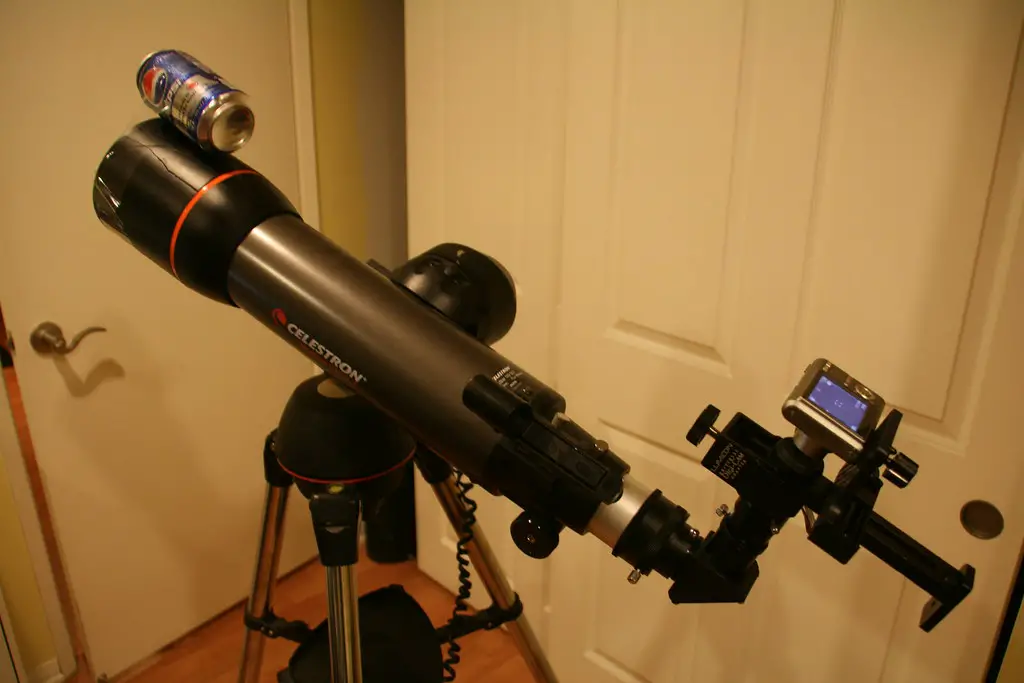
Getting Started in Astrophotography
Astrophotography is an intricate dance between art and science, and every aspiring astrophotographer starts with the right gear and knowledge of camera settings. But before you’re dazzled with stars, make sure you’re well-equipped.
Essential Equipment Needed
A sturdy tripod is your best friend in the dark as you’ll need a stable base for long exposures. You’ll also require a camera with manual exposure settings, capable of high ISO sensitivity and a wide aperture lens (f/2.8 or lower).
A remote shutter release or an intervalometer is essential for capturing long-exposure shots without touching the camera, reducing the risk of blurring.
Understanding Camera Settings for Night Sky Photography
The key to shooting the night sky is using manual mode. Set your camera to the widest aperture (lowest f-number), the highest ISO within reason (to avoid excessive noise), and the longest shutter speed that will not cause stars to streak due to the Earth’s rotation. This ‘500 rule’ is a popular method: divide 500 by your focal length to get your maximum exposure time in seconds before stars begin to trail.
Choosing the Right Location
Your setting is as crucial as your gear when it comes to astrophotography. The clarity of the night sky is heavily influenced by light pollution and atmospheric conditions.
Dark Sky Locations vs. Light-Polluted Areas
A dark sky location, far from the glow of city lights, allows you to see and photograph fainter objects like the Milky Way. Light pollution maps, apps, and websites can help you find the nearest appropriate location.
Factors to Consider When Selecting a Shooting Spot
When picking a spot, ensure there’s an unobstructed view of the sky and plan for foreground interest, such as a lone tree or mountain, to add depth to your images.
Safety is paramount, especially when venturing alone to isolated areas. Always plan your night outings with a friend or notify someone of your intended route and return time.
Techniques for Astrophotography
To bring the cosmos into sharp focus, some specialized techniques and post-processing workflows come into play.
Long Exposure Photography
For stars, the longer the exposure, the greater the light-gathering and trail formation. However, this needs to be balanced with the Earth’s rotation. A good starting point for exposure time could be 20-30 seconds for a wide-angle lens.
Stacking Images for Better Results
Star stackers work by aligning and averaging multiple images, effectively reducing noise and enhancing detail. Software options vary from beginner-friendly to highly advanced, but learning to stack shots can dramatically improve image quality.
Editing Tips for Enhancing Astrophotography Shots
Post-processing can make or break an astrophotograph. Software like Adobe Lightroom or specialized astrology programs help in adjusting levels, color correction, and sharpening.
The rule of thumb for astrophotography editing: less is often more. Use editing to refine, not redefine, the scene, and always retain a natural look.
Engagement with the Cosmos
The final tip for beginner astrophotographers is perhaps the most important: engage with the cosmos. Dedicate time to observing the night sky without photography to truly appreciate its majesty.
Importance of Patience and Practice
Astrophotography is as challenging as it is rewarding. The learning curve is steep, but each night spent practicing and fine-tuning your technique brings you closer to capturing the cosmos as you envision it.
Joining Astronomy or Photography Communities for Support and Learning
Online forums, local photography clubs, and astronomy societies are wellsprings of invaluable advice, shared experiences, and a supportive community that can guide you through your astrophotography journey.
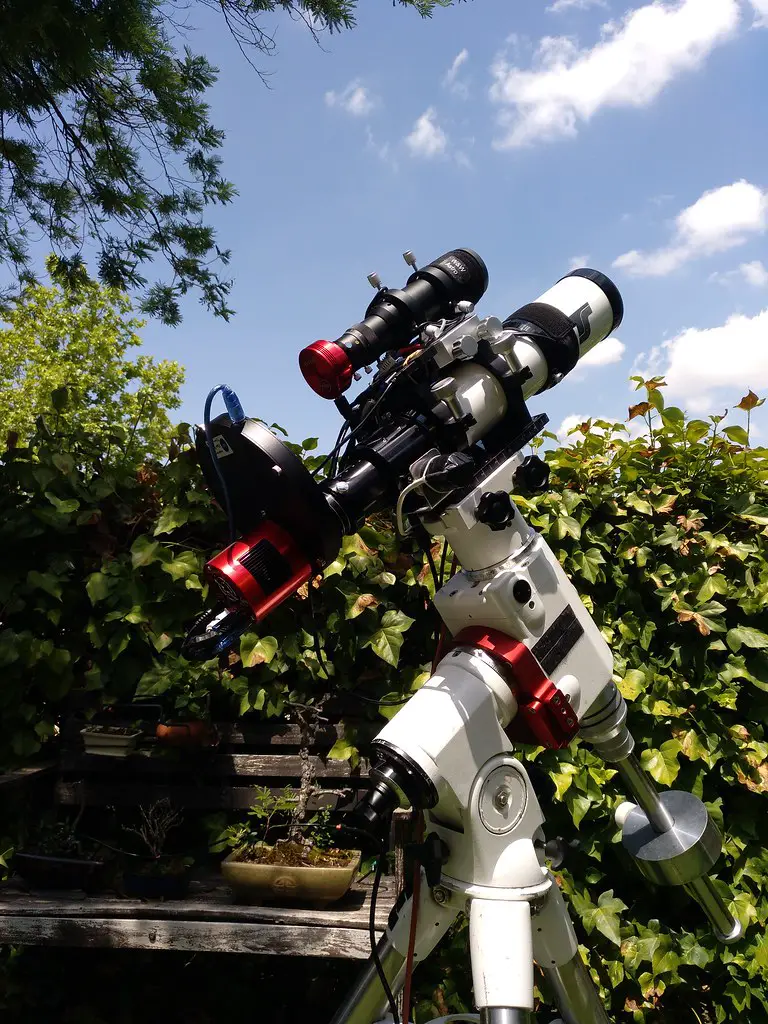
Conclusion
Astrophotography is a testament to humanity’s innate curiosity and creativity. By following the tips above, beginners can begin their adventure into a world where the night sky is not just a display but a canvas waiting to be captured and shared.
The universe’s wonders are boundless, and through your lens, they can be framed and cherished for years to come. Step out into the night, look up, and realize: the cosmos is not as out of reach as it may seem. With passion and perseverance, its glory can be yours to capture.

